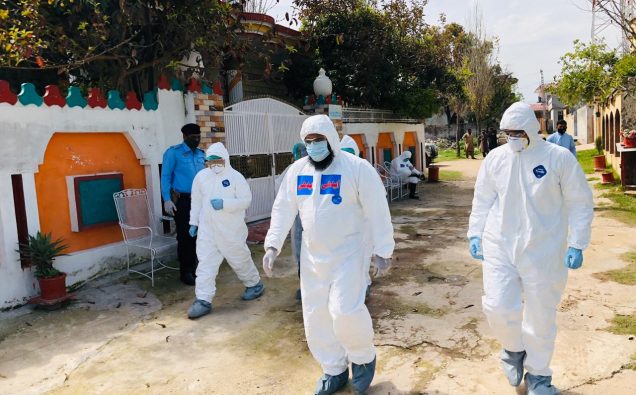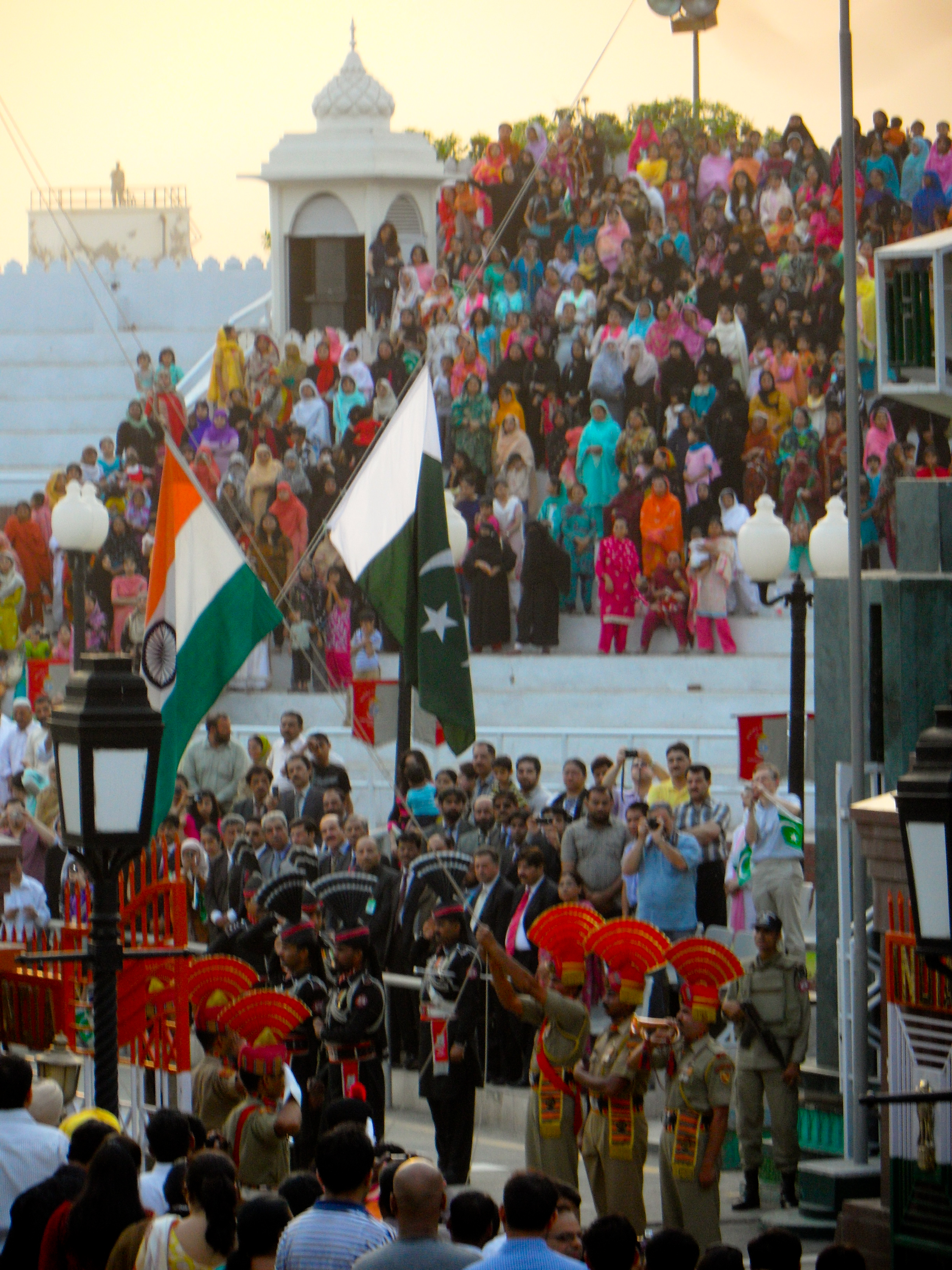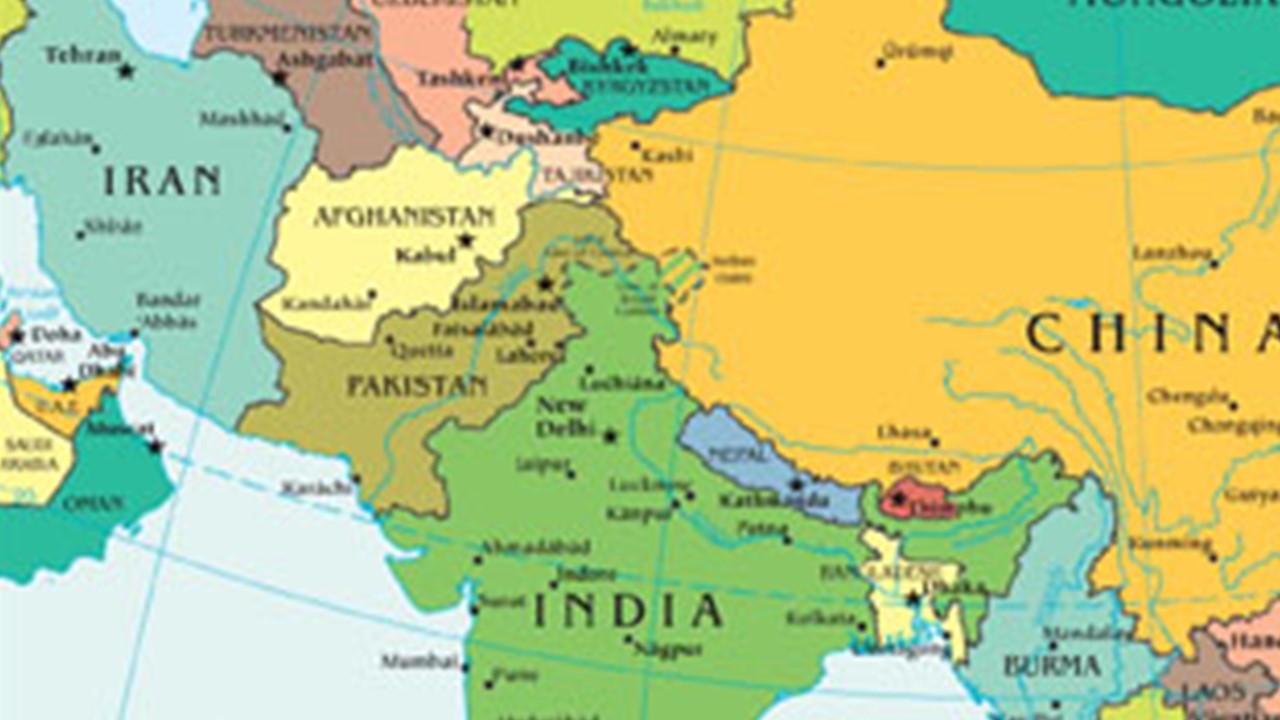
Akbar Ahmed, Pawan Bali
It is a more recent tale of two letters: On Pakistan’s 70th National Day, Indian Prime Minister Narendra Modi penned a note to his Pakistani counterpart, expressing the desire for a “cordial relationship with the people of Pakistan.” Soon enough, Pakistan’s Prime Minister Imran Khan reciprocated “peaceful, cooperative relations with all neighbors” in his letter of reply.
In between the genial notes, the frozen ties between the South Asian neighbors had started to show initial signs of a thaw. In February 2021, both countries pledged to adhere to the 2003 Ceasefire Accord, defusing tensions and violence at the Line of Control in Jammu and Kashmir. Pakistan’s Army chief General Qamar Javed Bajwa added to the slow build-up of positivity by calling for New Delhi and Islamabad to bury the past and move on to help unlock the full potential of South and Central Asia.
As India and Pakistan blow hot and cold on restoring trade and ties, reinstalling diplomats, and on the long-contested dispute over the Kashmir region, can both nations co-exist as good neighbors, even allies in a post-Covid world? Both countries have not faced a pandemic of this scale ever since their Independence in the late 1940s-¾a a complicated crisis that needs a collaborative response. They have lost enough time and resources on fueling animosity. Now could be the time to redefine and reimagine a partnership that builds back from the pandemic and into the future.
Investing in health, education, and social safety nets
COVID-19 pandemic contracted the global economy 3-5 % and the South Asian nations were hit among the hardest. In India, as per government estimates, the economy shrunk by 7.7 % in 2020-2021, and Pakistan’s gross domestic product (GDP) fell to -0.38 %¾ negative growth for the first time in seven decades.
Despite the economic slowdown this year, defense expenditures in both countries saw an upward trend. While India increased its budget for arms procurement by 16 % as compared to last year, Pakistan’s defense budget climbed up by 12 %.¾ a paradox for nations that are seeing high rates of unemployment, and a drop in health, education, and poverty indices.
One would think the pandemic would move them to focus more on recovery, resilience, and development ¾ instead India slashed its education expenditure by 6 % and Pakistan continues to straddle high debts. Arms procurement, however, for these nuclear-armed nations remains an uncompromising expenditure. A deep mutual distrust, entrenched political complexities, and regional tensions have mounted growing rhetoric and expenditure on war preparedness. All this at the cost of health, education, and social welfare of millions of vulnerable people in both countries. For comparison, both countries spend barely 1- 3 % of their GDP on health, as compared to around 17% by developed countries.
If allies, India and Pakistan can direct investments to press development issues and uplift the millions that live below the poverty indices. Collaborative investments in education, health infrastructures, and digital connectivity are easily possible geographically but need to be pushed politically.
Partners in trade and a resilient future
When India and Pakistan started trade across the Line of Control (LoC) in Jammu and Kashmir in 2008, the border villages were brimming with hope. Often at the forefront of military tensions, trade, and travel brought in prospects of peace¾ connecting divided families across the borders, and reviving traditional trade links.
A boost in the local economy was an added bonus. Since 2019, the cross-LoC trade and bilateral trade has been suspended, leading to heavy losses, and up to 60 % increase in prices of some goods.
Prior to the suspension, India and Pakistan’s direct trade was around USD 2 billion per annum. The potential is much higher, anywhere between USD 37 to 40 billion. If both countries become favored trading partners, the benefits are not just limited to the border economies but will spread to the entire region. This collaboration would also revive the traditional trade links into Central Asia.

A flag-lowering ceremony at Wagah border between Pakistan and India
Image by Daniel Hauptstein via Wikimedia Commons
As allies, the neighbors can not only strengthen economies, but also build resilience to disaster, climate change, and pandemics. There is an opportunity in sharing health and policy frameworks, promoting data and technology for use in epidemiology, and strengthening public health infrastructures.
Both countries are increasingly prone to floods and impacts of climate-change¾like the recent floods in Uttarakhand that were triggered by melting glaciers or the 2020 floods in Karachi after heavy rains. These are just the tip of the iceberg.
Climate change alone threatens to push 60 million people into poverty and displacement in South Asia. Close collaborations on glacier monitoring, floods and climate risk forecasting, air pollution, and promoting agriculture and food security will become critical for managing resources and risks.
Shared history and a shared future ahead
With a monstrous pandemic looming, the economy struggling, and the poverty levels of millions still hopelessly sunken, India and Pakistan are inexorably heading for the abyss. In the past, both countries have come to the brink of a nuclear conflict and threats of annihilation. The war rhetoric and toxicity have seeped into our homes and diverted our cultural energy. Hatred is often being streamed on our social media feeds and television screens. It is time to tone down the rhetoric and redirect forces.
The past has also held the promise of dialogue. Both countries have come close to a meaningful dialogue¾ even on some of the most contentious issues like Kashmir. The gains have often been derailed, but not entirely lost. From resources to human cost, both countries have paid a high price for the confrontation. The nations and their people need to absorb the lessons of coexistence and find their own modus vivendi. This move comes with the dignity and integrity of the other fully respected. Not just for the present, but for the sake of our future generations; it is time to make the idea and practice of friendship go viral!
About the authors
Akbar Ahmed is the Ibn Khaldun Chair of Islamic Studies at American University in Washington, D.C, and the former Pakistani High Commissioner to the UK and Ireland. He has served at distinguished posts in both academia and public service, including Nonresident Senior Fellow at the Brookings Institution, and teaching positions at Harvard and Princeton Universities.
Pawan Bali is a former Indian journalist and a conflict resolution consultant based in Washington D. C. She has worked with peacebuilding organizations including Conciliation Resources, the U.K, and the United States Institute of Peace. Her work focuses on South Asian policy and fragile states.



















